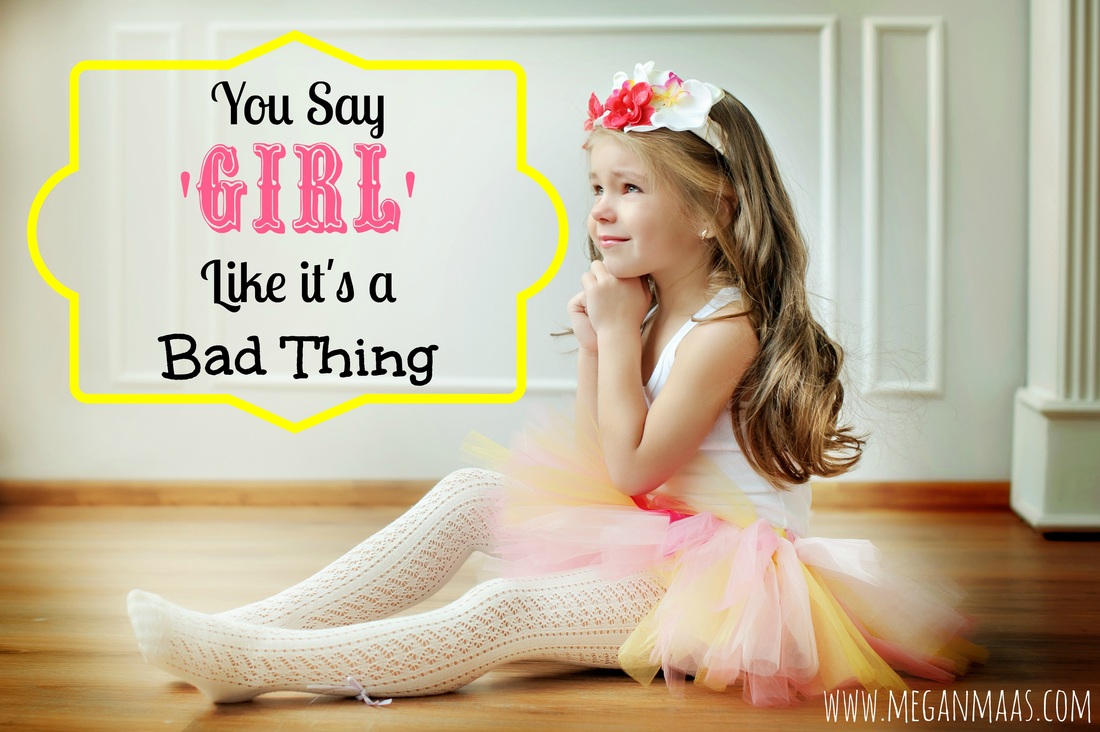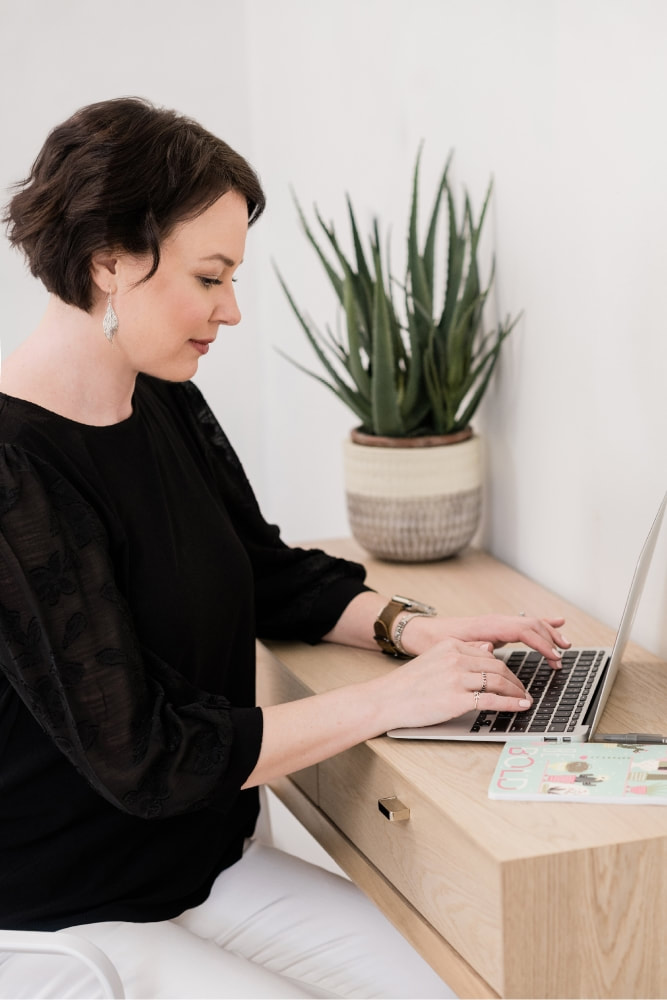|
I’ve been thinking a lot about the word ‘girl’ lately. Especially since I saw a new marketing campaign for an engineering toy for girls, Goldiblox, go viral. I thought the advertisement was cleaver and fun to watch. What got me thinking, was the disappointment and concern over Goldiblox being too “girly”, “girlified”, or “girlish”. The fear seems to be that Goldiblox will reinforce gender stereotypes. I do not have this fear. The only thing Goldiblox has done is add much-needed variety to toys that are marketed to girls. Since the 80s, girls have mostly been marketed princess and pink. The backlash to the “pinkification” of girls’ toys has come mostly in the form of mothers encouraging their daughters to abandon the “girly-girl” and get “tough” through sports and “smart” through engineering and math. Consequently, the message became girls who like princesses or pink can’t be tough or smart. That being “girly” is not being tough or smart. Therefore, girls aren’t tough or smart.
“He is such a girl!” “Don’t be such a girl.” “You are acting like a little girl.” These are all phrases that have come out of my mouth. There is so much cultural distain for being a girl, that no one is immune to it.
Tony Porter, an advocate for fighting violence against girls and women, has a TED talk where he describes the process of socializing boys to be violent, emotionless and to devalue girls and women. He also describes a moment where he asked a boy what it would feel like if his coach said he played ‘like a girl’ and the boy responded, “It would destroy me.”: “If it would destroy [a 12-year-old boy] to be called a girl, what are we then teaching him about girls?”
Taken one step further, if ‘girl’ is the worst thing a boy could be called, what does that teach girls about themselves?
Currently, we are in a sociocultural stage where it is mostly OK for girls to be like boys and women to be like men. Which is an improvement, but without it being OK for boys to be like girls or men to be like women, masculinity is validated as the norm and femininity as something wrong or lesser-than. True gender equality would be where it is OK for girls to be like boys, boys to be like girls, girls to be like girls, boys to be like boys, women to be like men, men to be like women, women to be like women and men to be like men. In the midst of the Goldiblox excitement and panic, I imagine what the reaction would be if there were currently a baby doll being marketed to boys, and the marketing message was, “Be an Army Dad” or a “Superhero Dad”. I doubt there would be the same panic over gender stereotypes being reinforced because we would be making a feminine toy, more masculine (better). Goldiblox has taken a masculine toy and made it more feminine (worse). The most common solution to the gendered toy dilemma is to create more ‘gender neutral toys’. I really like gender neutrality in most things, especially in toys and clothes for children, and I think we need more of it. However, I am also not fooled that gender neutrality is the ultimate form of gender equality. Gender neutrality is the absence of gender not the tolerance of gender. True gender equality would be the equal representation of the feminine and masculine in products, roles, occupations, media, etc. for all genders. Gender is a spectrum. Individuals identify with feminine and masculine qualities regardless of their biological sex (male/female). Therefore, we need to value all places on the gender spectrum and allow anyone to express whatever part of the spectrum they identify with. That means, if you are a boy who loves fire-fighting and superheroes, that should be OK. If you are a boy who loves flowers and baby dolls, that should be OK. If you are a girl who loves princesses and pink, that should be OK. If you are a girl who loves transformers and aliens, that should be OK. For toys, more gender equality would look like more variety: feminine blocks, masculine blocks, neutral blocks, feminine dolls, masculine dolls, neutral dolls. Not simply toys with no gendered characteristics at all. The problem with looking at gender dichotomously or representing no gender at all, is that you miss the variety within gender. Girly girls, tomboys, tough boys, sensitive boys. Gender is a spectrum and by only appreciating gender neutrality, both genders become devalued. It seems like we are in a state of hating on femininity because it is weak or lesser-than masculinity. This is not empowering for anyone. Eve Ensler, creator of the Vagina Monologues and founder of V-Day, describes our gender socialization process in one of her TED talks. She argues that there is a ‘girl’ in all of us. We all have girl-like qualities: emotion, empathy, passion, vulnerability, etc. And these qualities are key to the repair and growth of human kind. Yet, we socialize the ‘girl’ out of all of us. We teach our men not to be girls, our boys not to be girls, and our women not to be girls. “Being a girl is so powerful, we’ve had to train everyone not to be that.”
Lately, it seems like we are even trying to socialize our girls not to be girls. However, Brene Brown, has been conducting powerful research on vulnerability (a primary girl-like quality) and how it transforms shame and consequently people’s lives because vulnerability is the ultimate expression of strength. Her work highlights how we shame children through parenting, education, and culture. This shame sticks with us into adulthood, creating a harsh exterior in all of us, and blocks us from living out our potential. But when we practice vulnerability, the shame starts to crumble and we access much needed strength and clarity to be the whole-hearted people we need to be to change the world.
In other girl-greatness news, organizations, scholars, and world leaders are recognizing that the world can be changed dramatically, especially in underdeveloped regions, if we empower and educate girls because a girl is more likely to contribute to the economic growth of her community while taking care of her family simultaneously. This understanding is epitomized in the story of Malala, an education activist from Pakistan. She was shot down by the Taliban at the age of 11 after coming home from school. Her girl-power is so monumental, that the Taliban is terrified enough to take her down. Remarkably, she survived and is kicking-butt changing the world. Recognition of the power of girls has spurred International Girls Day, an entire day dedicated to the power of girls. Perhaps being more like a ‘girl’ for all people of all genders and ages could be exactly what the world needs. So let’s not be so down on ‘girl’ and start to embrace ‘girl’ and cultivate ‘girl’ in all of us. Photo Source: Dollar Photo Club
5 Comments
I think you're right that as with many things, variety is good. For my pink-eschewing, princess-avoiding daughter, goldieblox would likely be a turnoff (though she loved the commercial and announced that she wanted to build something like the Rube Goldberg machine of it). For a princess and pink oriented girl, this toy might increase interest in building and creating, which would be a good thing. As long as marketers know that things don't HAVE to be pink to get many girls to buy in.
Reply
Amelia Stults
12/2/2013 07:30:36 am
This is great. I agree that we cannot live in "boy" or "girl" or "male" or "female", but rather to look at the spectrum and be ok with all parts of the spectrum rather than just the extremes on either end. This post makes me think a lot about how upset individuals get when anyone (children, young adults, adults) "gender f&*%" or live outside of their expected gender roles and transitions to a different gender than was assigned at birth. We too have to keep in mind that transitioning though into a different gender may perpetuate the dichotomy that is set up by society. There is just so much pressure around gender for the 12th week ultrasound. So much pressure. Thanks for the post!
Reply
Noah Gadea
12/2/2013 07:27:27 pm
I think standards and perspectives on what is "true gender equality" are constantly changing and it's unfortunately just not feasible for many products to strive to make their products accessible or desirable to all ranges of gender. A product that is heavily consumed by one gender will be slow to generalize to all gender orientations because, frankly, such things are often driven by perceived demand projected profits, not intrinsic imperatives to fight for gender equality. Goldieblox can come in whatever colors it wants, be called anything, be advertised with any combination of adorable boys and girls building things... at the end of the day every kid in the world will have his or her own take on its entertainment value. This boy might or might not like it, that girl might or might not like it, and the R&D department of toy creation will scratch their heads bald before they find an ideal balance.
Reply
2/9/2021 06:58:01 pm
Thank you for this thoughtful piece. I read it while doing research for an upcoming podcast on the movie "She's the Man." But it actually caused me to tear up at one point thinking about how even though I was raised by a feminist mother to love being a woman, still I will often judge the qualities in myself which I perceive to be "girly" - most especially the need for intimacy or the tendency to be very emotional at times. How sad! We all need these qualities as you bring across in this article, and we all need to embrace the multiplicity of characteristics we each contain. So though this article appears to be old, it is still affecting people positively today!
Reply
Leave a Reply. |
About this Blog:I'm here to help us discuss sexuality, gender, and media by integrating information from academic and mainstream sources. I hope this resource produces more sexually competent people who raise sexually competent kids. Categories
All
|



